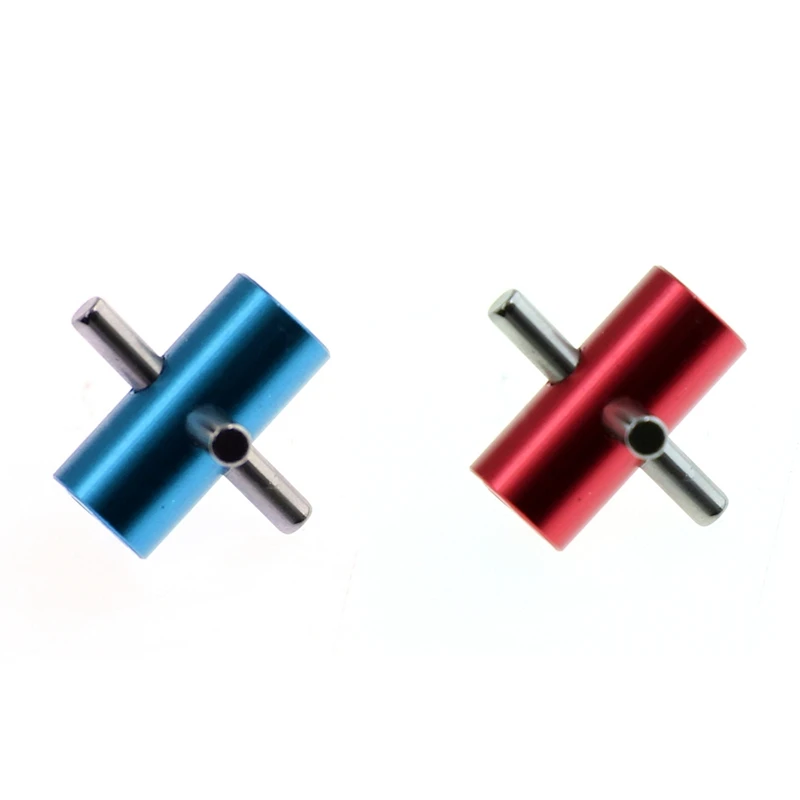The Importance of Understanding Fixed Shafts in Mechanical Engineering
Shafts are critical components in machines and industrial equipment, playing a vital role in power transmission and rotation. They act as the bridge between different parts of a mechanical system. The type and size of shafts vary depending on the specific application and machine. Therefore, understanding fixed shafts is essential.
What is a Fixed Shaft?
A fixed shaft is a fundamental mechanical component in various types of machinery, acting as an axis to transmit power and rotational motion between different parts. These shafts are typically cylindrical rods made from various materials such as steel, aluminum, and titanium. A thorough understanding of fixed shafts requires knowledge of their primary material composition.
Applications of Fixed Shafts:
Fixed shafts have extensive applications in various industries due to their role as a key component in mechanical design and engineering. To fully understand fixed shafts, it’s important to be aware of their key applications:
- Automobiles and Vehicles: In vehicle powertrains, shafts transmit power from the engine to the wheels.
- Industrial Equipment: Shafts are used in machinery and industrial equipment such as pumps, compressors, and gearboxes to transmit power and rotational motion.
- Power Generation: Steam and gas turbines in power generation utilize generator shafts to produce electricity.
- Agriculture: Understanding fixed shafts is crucial for farmers. These structures can be found in agricultural machinery such as tractors and harvesting equipment to transmit power to implements and working machines.
- Power Transmission Systems: Mechanical power transmission systems utilize shafts to transfer power from one section to another.
- Sports Equipment: The presence of this component is crucial in sports equipment such as golf clubs, as the shaft provides flexibility and control in the tool. Understanding fixed shafts is essential for athletes.
Detailed Analysis of Fixed Shafts:
Understanding fixed shafts requires a deeper dive into their details. A fixed shaft is a type of shaft used in mechanical design and engineering. It is designed to remain stationary during operation, transmitting rotational motion around its axis to other components.
Some key details in the process of understanding fixed shafts include material composition, design, bearings, and grooves. Fixed shafts are typically made of steel, aluminum, or other alloys resistant to pressure and fatigue. Material selection depends on the application and environmental requirements of the shaft. The shaft diameter must be chosen to withstand the required torque and applied loads. The shaft length must also be designed based on the distance between bearings or support points and power transmission requirements. Understanding these factors is crucial for anyone embarking on the path of understanding fixed shafts.
Bearings must be selected to minimize friction and extend the shaft’s lifespan. Grooves and recesses may be incorporated into the shaft for connecting other components such as gears, pulleys, or couplings.
Proper lubrication is required at contact points with bearings and other components. Regular inspections should be performed to ensure proper functioning and prevent potential failures. Bearings showing signs of wear or damage should be replaced to prevent damage to the shaft. By examining these details, you can contribute to the development of a high-quality understanding of fixed shafts, as a quality structure does not possess certain characteristics. Fixed shafts are popular in many engineering applications due to their simple and efficient design. Precise design and proper maintenance can extend their lifespan.
Materials Used in Fixed Shafts:
Understanding replacement shafts is further enhanced by examining their structural material. The choice of suitable material for a fixed shaft depends on various factors. Shafts that transmit higher loads and torque require materials with higher strength, such as steel or aluminum. Additionally, components operating in corrosive environments or exposed to shock and vibration should be made of materials with high resistance to corrosion and impact, such as ceramics.
A thorough understanding of fixed shafts allows one to comprehend the advantages and disadvantages of different shaft types with various materials.
Fixed Shafts Manufacturing Process:
Prior to manufacturing any structure, a complete understanding of it is prioritized. This is why understanding fixed shafts is so important. The manufacturing process of fixed shafts, as a critical component in various industries, consists of several important stages that must be carried out with precision and care to produce a shaft with proper performance and long life.
The manufacturing process of a fixed shaft begins with a precise design and engineering calculation stage. This process involves selecting suitable materials, determining accurate dimensions, calculating required forces, and designing the shaft’s geometry.
After the design is finalized, the shaft’s roughing stage begins. This process includes milling, turning, and drilling the raw shaft piece based on the geometric design. Subsequently, a heat treatment process may be implemented to improve the mechanical properties and strength of the shaft. This stage involves controlled heating and cooling of the part.
Final machining takes precedence after heat treatment is completed. This path includes precise milling, final turning, coating, and other machining processes performed to achieve accurate dimensions and a perfectly smooth surface.
Upon completion of the manufacturing stages, the resulting part is tested and inspected for quality to ensure it meets the required standards.
Inspection and Quality Control of Fixed Shafts:
After the manufacturing process is complete, the fixed shaft undergoes rigorous inspection and quality control procedures to ensure its reliability and performance. This involves:
- Dimensional Inspection: The shaft is inspected to ensure that its dimensions, such as diameter, length, and surface finish, meet the specified requirements.
- Non-Destructive Testing: Various non-destructive testing methods, such as ultrasonic testing and magnetic particle testing, are used to detect any internal defects or cracks in the shaft.
- Mechanical Testing: The shaft is subjected to mechanical testing to determine its strength, fatigue resistance, and other mechanical properties.
- Functional Testing: The shaft is installed in the intended application and tested under operating conditions to ensure its proper functioning.
Conclusion:
Understanding fixed shafts is crucial for anyone involved in mechanical design, engineering, or manufacturing. By understanding the different aspects of fixed shafts, such as their applications, design, materials, manufacturing process, and inspection, individuals can make informed decisions and ensure the reliability and performance of these critical components in various industries.

